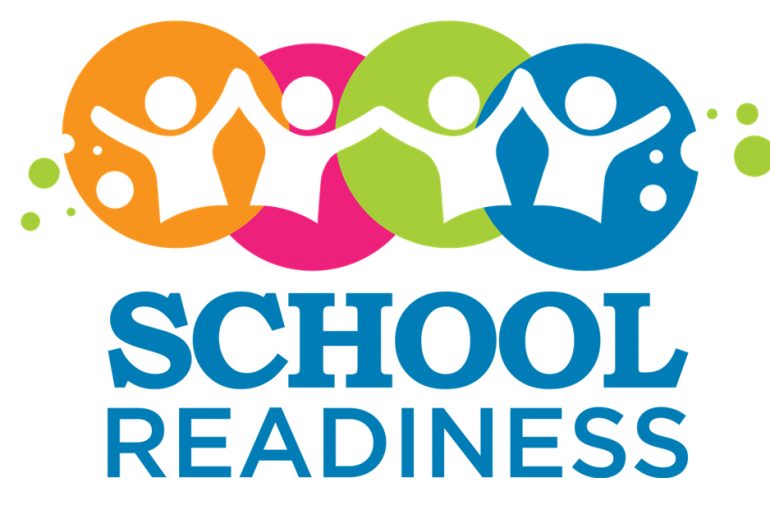School Readiness: Opening Doors for Inclusive Education
School Readiness: Opening Doors for Inclusive Education

What is Inclusive Education?
Inclusive Education is education for all irrespective of differences. According to UNESCO, inclusive education is seen as “a process of addressing and responding to the diversity of needs of all learners through increasing participation in learning, cultures and communities, and reducing exclusion from education and from within education.” Inclusive education means that all students attend and are welcomed by their neighborhood schools in age-appropriate, regular classes and are supported to learn, contribute and participate in all aspects of the life of the school.
What is not Inclusion?
- Educating children in regular classes but different course of study.
- Educating children in special segregated environments in regular school
- Dumping children with special needs into the regular classroom
- Educating children in part-time in special school and part-time in regular school
What is the meaning of School Readiness?
Is school readiness about child being ready for education or is the school ready to offer adequate facilities? There are many questions which arise when it comes to think about practicing inclusive education. The more the questions, the more are the chances of finding solutions. Some of the other questions related to school readiness are as follows:
- Does your school have a mission statement that expresses the belief that the professionals and other staff strive to meet the needs of all students? Is this mission statement discussed by staff and used to guide instructional practices?
- Have teachers had opportunities to discuss their concerns about inclusion and have steps been taken to address these concerns?
- Has planning for inclusion included classroom teachers, special education teachers, other support staff, administrators, parents, and students?
- Have you clarified the expectations for students with disabilities who will be integrated into classrooms?
- Has shared planning time and possibly shared instructional time been arranged for teams of teachers?
- Have staff members received adequate professional development on pertinent topics (for example, collaboration, behavior management, curricular adaptation)?
- Has the plan for creating an inclusive school addressed the needs of all students, not just the need of students with disabilities?
- Have staff members become comfortable with working collaboratively?
- Has a pilot program been planned prior to full implementation?
- Have start-up resources been allocated for the inclusion effort?
These questions subtly hint at various challenges that need serious attention.
- The number of disabled children is very large.
- Their problems are very complex.
- Available resources are very limited. Lack of additional manpower required to handle specific needs. Children drop out from mainstream schools due to lack of accessibility.
- Lack of awareness leads to demotivated and prejudiced social attitudes. Issues with Acceptance for different educational needs.
- Lack of suitable, quality trained, good special education professionals.
Some measures for implementing Inclusive Education in India
- The Right to Education (RTE) must apply to all citizens of India. State and central. Governments, as well as all the other social actors, should recognize the importance of a broadened concept of inclusive education that addresses the diverse needs of all learners.
- A standard policy and norms of inclusion needs to be implemented in all schools and throughout Indian education system.
- The preparation of teachers for special education programs should be planned differently, as the aim of these programs would be to integrate disabled persons in their own environment and community.
- Differently-abled children should be treated equally as the normal children and instead of looking them in sympathy their talents and abilities should be recognized for their self-respect and welfare of the society.
- Necessary school supplies such as audio learning or textbooks in Braille should be made available. Suitable modification to examination system may be required, so as to eliminate pure mathematical and logical assessments.
- Teachers attitudes towards inclusive education could be formed and developed in the context of an educational system which can provide some specific conditions in order to have a good practice in this field.
It is imperative to understand that inclusion is more than a method of educating students with special needs. Success for inclusion needs collaborative efforts of all stakeholders. The road to achieving inclusive education is a long one, on which challenges and opportunities will arise. But if we start now with the first step we will certainly move forward towards our goal.
